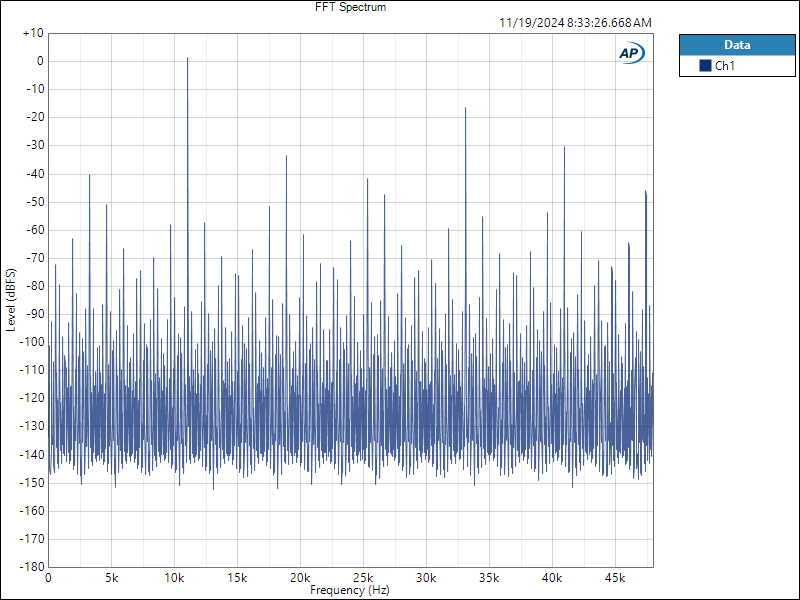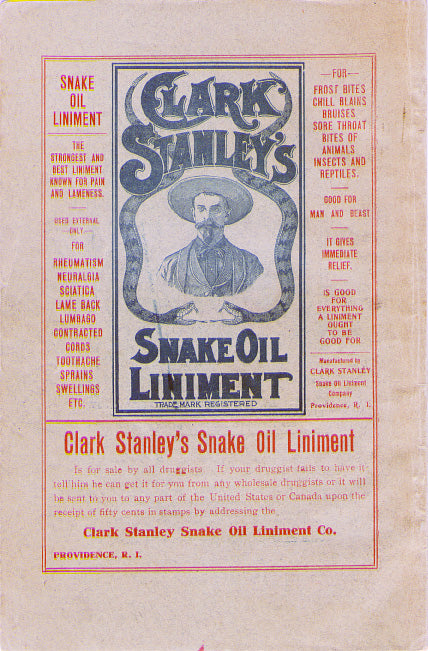Buy one component and save 10% on up to 2 cables. Buy 2 components and get 4 free cables. Free shipping on USA orders over $700.
Buy one component and save 10% on up to 2 cables. Buy 2 components and get 4 free cables. Free shipping on USA orders over $700.
Don't Blame the Headphones!
by John Siau July 25, 2014
Don't Blame the Headphones!
Headphones Sounding Bad? It Could be Your Headphone Amplifier!
It's all about control! The movement of headphone transducers must be well controlled in order to produce high-quality audio. It is easy to build a headphone amplifier that produces sound. It is an entirely different matter to produce an amplifier that is clear, clean, and enjoyable.
Output Voltage
The voltage sensitivity of the headphones must be well-matched to the output voltage capabilities of the headphone amplifier.
The headphone amplifier must be capable of providing enough output voltage to drive your headphones to a comfortable listening level. If your headphones have a low voltage-sensitivity (common with many high impedance headphones), your portable devices may have difficulty providing enough voltage to cleanly drive your headphones to a suitable listening level. Benchmark HPA2™ headphone amplifiers are designed to provide up to 17 Vpp, more than enough to drive headphones with the very lowest voltage-sensitivities.
On the other hand, if your headphone amplifier produces too much output voltage, you may find that you have to turn the volume control to a very low setting. This excessive use of the volume control usually causes a significant loss of audio quality. SNR, THD, and L/R balance can deteriorate at low volume-control settings.
It is important to be able to use a volume control setting that is near the top of the range. Audio performance usually deteriorates as the volume control is turned down. To achieve this, you will need to select a headphone that has a voltage sensitivity that is well matched to the capabilities of your headphone amplifier. If you are using a Benchmark product with an HPA2™ headphone amplifier, this is never an issue. The HPA2™ is equipped with jumpers that allow customization to match the output level to the sensitivity of your headphones.
Output Current
If your headphone amplifier cannot produce enough output current, the amplifier will begin to produce distortion. This is a common occurrence with many headphone amplifiers. It is almost universal with portable devices.
The Benchmark HPA2™ is actually a small audio power amplifier. It can produce up to 800 mA. This is far more current than can be produced by typical headphone amplifiers and it is more than enough to simultaneously drive 2 pair of 60-Ohm headphones.
Headphone Impedance and Sensitivity
A more detailed discussion of the voltage and current requirements of headphones can be found in this application note:
Headphone Impedance and Sensitivity - John Siau
Accuracy and control
Headphone amplifiers need power and accuracy to achieve control. These characteristics are closely related to the damping factor of the headphone system. Damping factor is the ratio of the headphone impedance to the output impedance of the headphone amplifier. A high damping factor is an indication that the headphone transducers will be tightly controlled.
Damping factor
Damping factor reaches a maximum when the output impedance of the headphone amplifier approaches 0 Ohms. It is impossible to build an amplifier with a perfect 0-Ohm output impedance. However, it is possible to achieve 0.1 or even 0.01 Ohms with careful engineering. These very low-impedance designs are often called "0-Ohm" headphone amplifiers.
Benchmark products are equipped with HPA2™ "0-Ohm" headphone amplifiers. The HPA2™has an output impedance of about 0.01 Ohms. These "0-Ohm" amplifiers offer outstanding control.
Measurements that demonstrate improved control
"The 0-Ohm Headphone Amplifier" white paper by John Siau shows how the performance of headphones can improve dramatically when they are driven from a "0-Ohm" source. The paper includes measurements that show that distortion is reduced as damping factor increases. The measurements also show that frequency response is flatter when headphones are driven by a "0-Ohm" amplifier.
The same principles apply to loudspeakers and power amplifiers. We plan to address the specifics of these devices in future application notes.
Recommended reading
More information on headphones and headphone amplifiers can be found here.
Leave a comment
Comments will be approved before showing up.
Also in Audio Application Notes

How Loud is the Distortion from Your Power Amplifier?
by John Siau August 08, 2025
Would you put a Washing Machine in your Listening Room?
If the answer is no, you may be surprised to discover that the distortion produced by your power amplifier may be louder than the noise produced by a major appliance.
Don't believe me? Take a look at Stereophile's test reports:
We selected 7 power amplifiers from Stereophile's top list of recommended amplifiers.
We took Stereophile's "THD+N vs. Power" plots for each, and replotted the data in a format that shows the loudness of the THD+N at the listening position.
The results are shocking!
Amplifier THD+N is louder than expected!
The distortion from your amplifier may be louder than a washing machine on the spin cycle, or it may be totally silent. How does yours perform? The answer is hidden in Stereophile's THD+N plots.
This application note reveals the hidden truth:
"The Distortion from your Power Amplifier may be Louder than a Washing Machine!"
I know, it sounds crazy, but this is what the measurements show!

Interpolator Overload Distortion
by John Siau November 20, 2024
Most digital playback devices include digital interpolators. These interpolators increase the sample rate of the incoming audio to improve the performance of the playback system. Interpolators are essential in oversampled sigma-delta D/A converters, and in sample rate converters. In general, interpolators have vastly improved the performance of audio D/A converters by eliminating the need for analog brick wall filters. Nevertheless, digital interpolators have brick wall digital filters that can produce unique distortion signatures when they are overloaded.
10% Distortion
An interpolator that performs wonderfully when tested with standard test tones, may overload severely when playing the inter-sample musical peaks that are captured on a typical CD. In our tests, we observed THD+N levels exceeding 10% while interpolator overloads were occurring. The highest levels were produced by devices that included ASRC sample rate converters.

Audiophile Snake Oil
by John Siau April 05, 2024
The Audiophile Wild West
Audiophiles live in the wild west. $495 will buy an "audiophile fuse" to replace the $1 generic fuse that came in your audio amplifier. $10,000 will buy a set of "audiophile speaker cables" to replace the $20 wires you purchased at the local hardware store. We are told that these $10,000 cables can be improved if we add a set of $300 "cable elevators" to dampen vibrations. You didn't even know that you needed elevators! And let's not forget to budget at least $200 for each of the "isolation platforms" we will need under our electronic components. Furthermore, it seems that any so-called "audiophile power cord" that costs less than $100, does not belong in a high-end system. And, if cost is no object, there are premium versions of each that can be purchased by the most discerning customers. A top-of-the line power cord could run $5000. One magazine claims that "the majority of listeners were able to hear the difference between a $5 power cable and a $5,000 power cord". Can you hear the difference? If not, are you really an audiophile?

